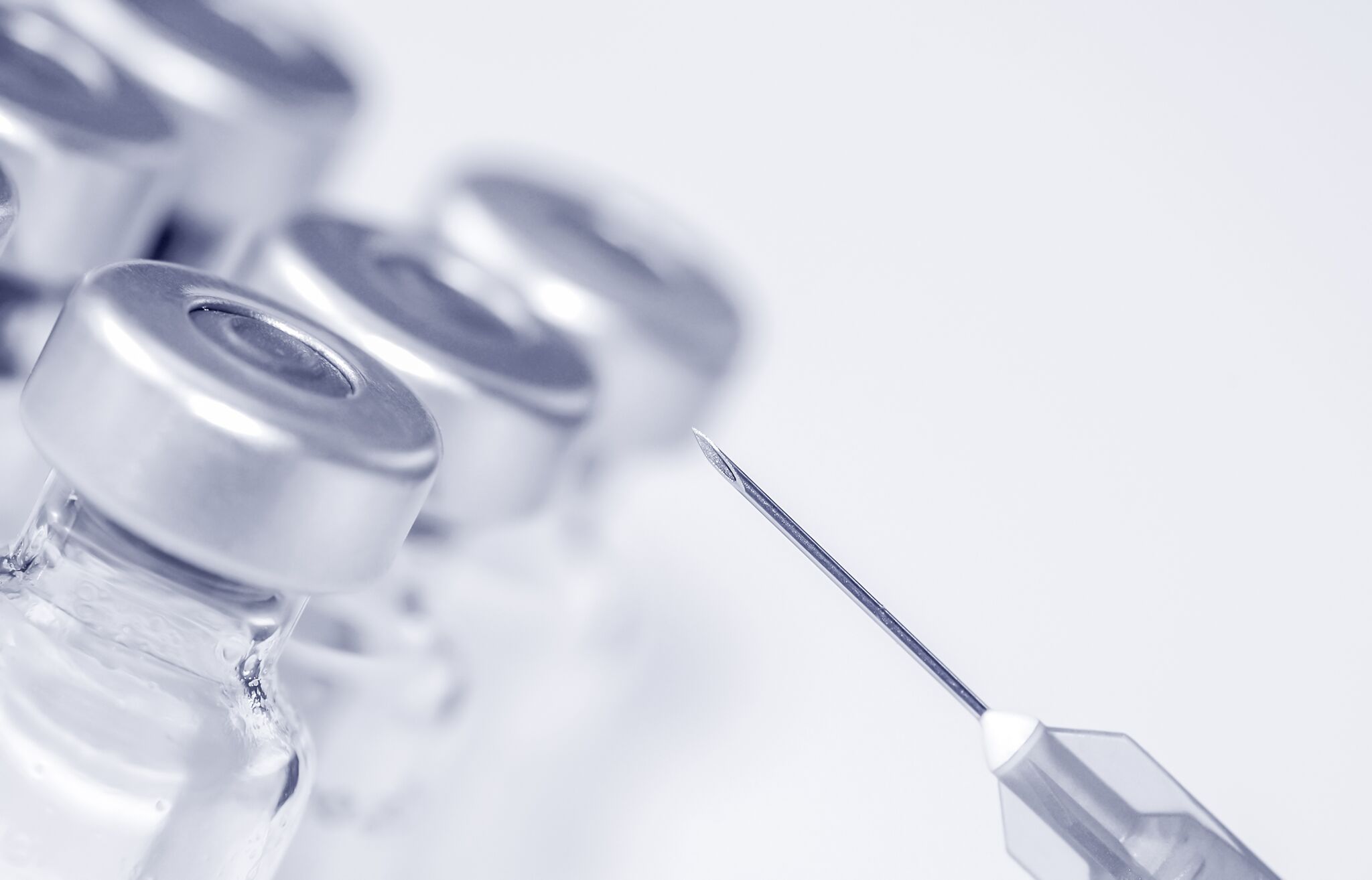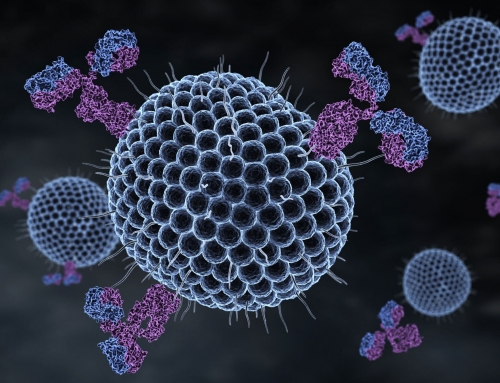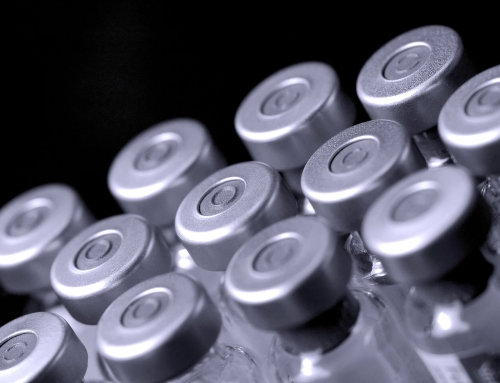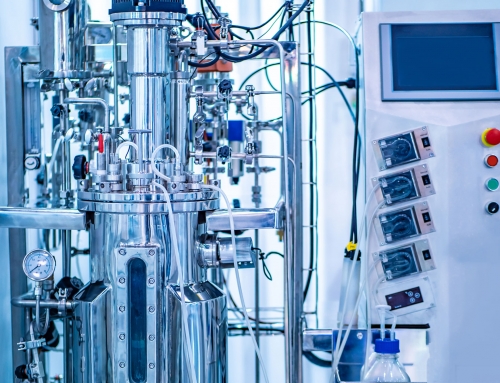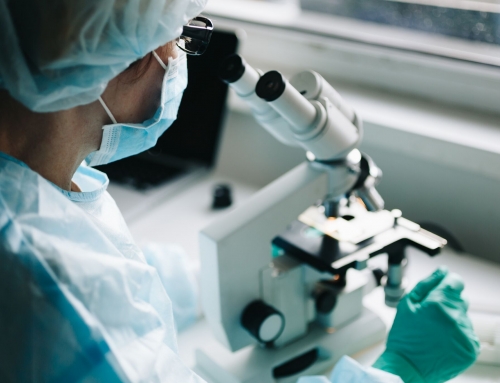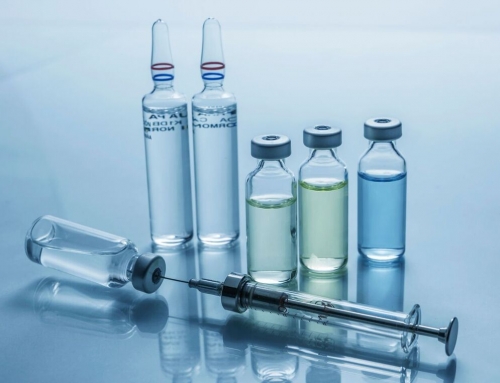The field has advanced considerably in recent years, but a number of key challenges remain.
by Raymond E Peck, CEO of VxP Biologics
Because injectable biologics are introduced directly into the body’s tissues, these formulations must be extraordinarily free from contamination of every kind. This requirement sets a high bar for the manufacturing of injectables. The demand for biologic injectables continues to grow. In 2015, the global injectables market was valued at $299.7 billion, with a projected compound annual growth rate (CAGR) of 6.9 percent over the next seven years.
Even so, the US Food and Drug Administration (FDA) places extraordinarily strict restrictions on injectable formulations, demanding heightened attention to anti-contamination measures for manufacturing environments, equipment and personnel. These regulations mandate compliance with extensive guidelines for good laboratory practices (GLP) and good manufacturing practices (GMP), from the manufacture and packaging stages all the way to storage and distribution.
In order to create safe, effective injectable biologics that comply with federal regulations, developers are turning increasingly to contract manufacturing organizations (CMOs) in the early stages of their pipelines. This article summarizes the current state of the injectable biologic industry, exploring several key challenges frequently confronted by developers and CMOs.
Recent advances have helped streamline the manufacturing of injectable biologics.
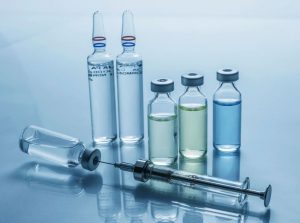
Pre-formulation of injectable biologics presents a variety of unique challenges.
While the concept of injectable drugs dates back to 1855, the field of injectable biologic manufacturing has advanced considerably since the turn of the twenty-first century. The sterile (or aseptic) fill and finish process is now performed in a cleanroom, in which every workstation and piece of equipment is arranged to facilitate an uninhibited progression from filling, to lyophilization, to stoppering. High-efficiency particulate air (HEPA) filters ensure a minimum of airborne contamination in the cleanroom.
Throughout the entire injectable manufacturing process, equipment and personnel are kept carefully sequestered from the drug product itself, which is typically manipulated behind glass, via mechanical grips. Filling needles, stopper bowls and other equipment are pre-sterilized in an autoclave, a dry-heat oven and/or an irradiation chamber before they ever enter the cleanroom. Filling may be performed with a semi-automated mono-block, rather than by hand, in order to further reduce the likelihood of contact with contaminated equipment.
In cases of lyophilized injectable biologics, vials are partially stoppered before being placed inside the lyophilizer. Following the freezing, primary drying, and secondary drying stages, the vials are immediately stoppered; often by lowering the shelves within the lyophilizer, in order to prevent any direct contact with less-sterile equipment and personnel. In contrast to non-sterile lyophilization, which may be performed sterile nitrogen, the lyophilization of biologic injectables is performed under vacuum or inert gas, which presents a far lower contamination risk.
Pre-formulation of injectable biologics presents a variety of unique challenges.
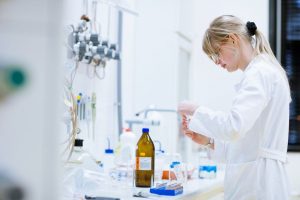
Manufacturing processes for injectable biologic formulations must be carefully planned.
Before an injectable biologic can be formulated and manufactured, an extensive series of pre-formulation checks is necessary to ensure that developers avoid formulating an unstable or otherwise non-viable product. In many cases, the data for an effective pre-formulation assessment can be obtained from the development process of the initial bulk drug, and requires very little investment in additional research.
First, developers must determine whether the injectable biologic will break down within the intended formulation, or at any point in the manufacturing process. The drug must be thermally stable, capable of resisting any temperature shits used in the manufacturing pipeline. It may also need to be resistant to oxidation, variations in light, and other environmental stresses placed on it during manufacturing and packaging. In the case of a known instability or sensitivity, adaptations may need to be made in the manufacturing workflow, and/or in the packaging of the drug.
The biologic should also be assessed in the context of the preparation stage of the formulation process. If any residual solvents or other chemicals remain after bulk preparation of the biologic, these will need to be accounted for in the formulation and manufacturing process. Finally, the solubility of the biologic must be assessed, in order to ensure that the formulation will result in high bioavailability without degrading or otherwise damaging the biologic itself.
Manufacturing processes for injectable biologic formulations must be carefully planned.
Once the pre-formulation assessment has been completed, the next stage is to develop a set of ideal formulation conditions based on the data gathered. These conditions may include the introduction of excipients, such as buffers and bulking agents, into the injectable formulation. They may also entail specific parameters that must be maintained during manufacturing, such as control of oxygen or hydrolysis, and/or the presence of vacuum during certain steps.
Additionally, the mechanics of administering the biologic injectable must be considered. The solution concentration, in terms of milligrams per milliliter, will of course impact the number of milligrams per dose. The route of administration may also impact choice of excipients, depending on whether the biologic is to be introduced intramuscularly, intravenously, or via subcutaneous injection. The FDA strictly regulates the types of excipients that can be added to biologic injectables, providing detailed lists of excipients acceptable for particular routes of administration.
If the pH of the formulation presents a concern in terms of the biologic’s stability or solubility, a buffer system may also be necessary, in order to keep pH from shifting out of the acceptable range when acids or base are introduced into the system. Different buffers regulate the formulations pH with varying degrees of strength, at various concentrations; making the choice of buffer system an unusually delicate one. However, the FDA heavily regulates the range of buffer systems available for use in biologic injectables, restricting the list to phosphate, citrate, succinate, and a few dozen other common buffers.
Due to the extraordinary cleanroom requirements of biologic injectable manufacturing, as well as the unusual complexity of pre-formulation assessment and formulation development, a growing number of biologic development organizations are partnering with expert CMOs increasingly early in the pre-formulation stage. These partnerships enable developers and CMOs to collaborate in the creation of tailored solutions for efficient, cost-effective manufacturing of injectable biologic formulations, both during the clinical trial stage and throughout the scale-up to commercial manufacturing.

